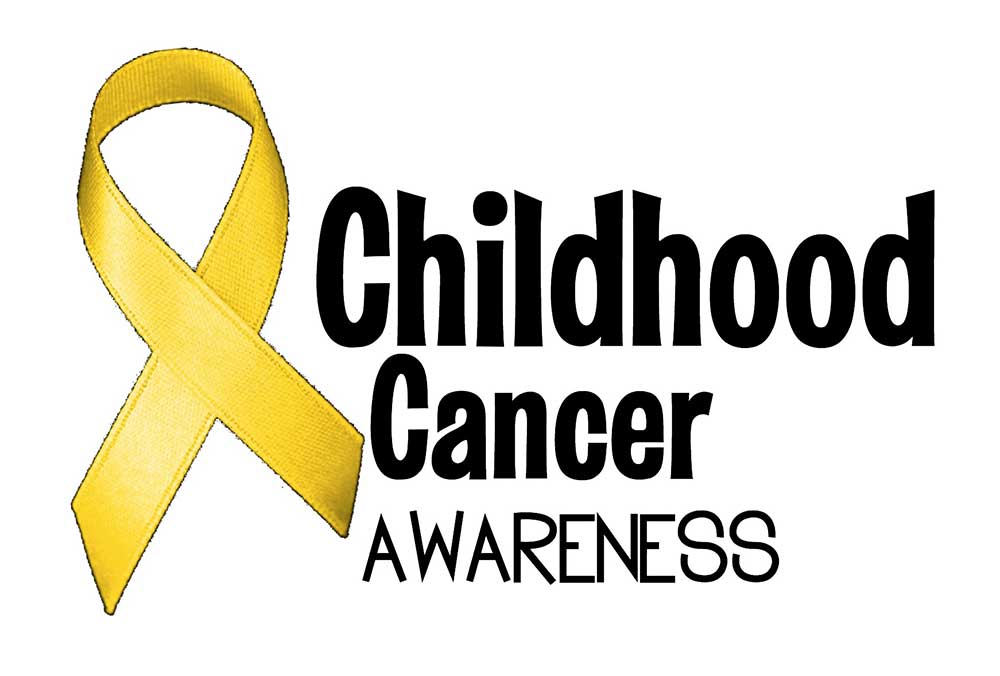No cancer diagnosis is easy to handle, but when a child is known to suffer from the disease it may present more severe difficulties to the family. For caregivers, charities, medical institutions, research facilities, patients and families across the US, September is considered to be the Childhood Cancer Awareness Month.
According to the American Cancer Society, “In the US, 15,780 children under the age of 21 are diagnosed with cancer every year; approximately 1/4 of them will not survive the disease. The objective of Childhood Cancer Awareness Month is to put a spotlight on the types of cancer that largely affect children, survivorship issues, and – importantly – to help raise funds for research and family support.”

Various types of cancer that occur in children are usually different from those that afflict adults. In young patients, cancer often happens as a result of DNA changes in cells, according to the American Cancer Society. It is uncommon for cancer in children to be associated with lifestyle or environmental risk factors.
Moreover, children tend to respond better to cancer treatments, such as chemotherapy, than adults. However, its side effects can bring long lasting consequences.
Fortunately, major advances in treatment during the years have improved the outlook for many children with cancer. Over 80% of children with cancer now survive five years or more. Nevertheless, survival rates vary and depend on the type of cancer the patients suffer. Behind accidents, cancer is still the second cause of death in children from the US.
Furthermore, the American Cancer Society states that, “it takes a comprehensive approach to combatting childhood cancer through funding research, advocating for policies that advance the childhood cancer agenda and improve access to quality care, and providing support for patients and their families.”
Source: American Cancer Society
